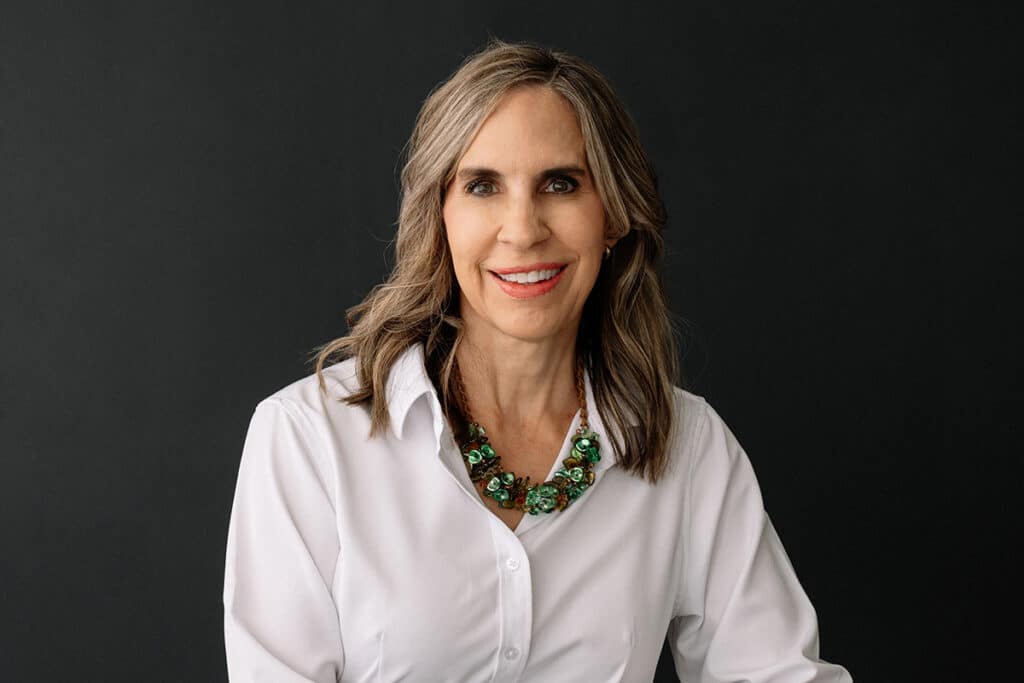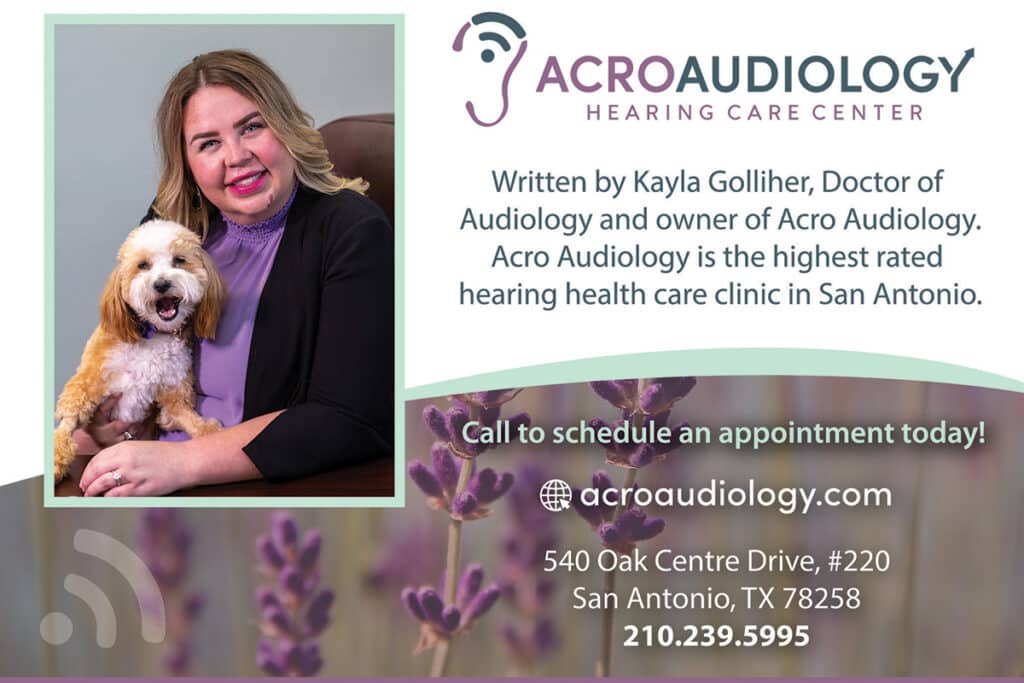Knuckles, fingers, elbows and palms — from head to toe, massage “types” range from a kinder, gentler technique to the take-no-prisoners form. The most common type is known as the Swedish massage, which is not named after the country. It’s very gentle and relaxing because of the smooth strokes and light kneading limited mostly to the top layers of muscle. This massage is also said to stimulate circulation and give you a feeling of well-being. Throw in some scented essential oils, many times selected by the therapist to relieve stress or to energize you or remedy other problems, and voila! You have aromatherapy. These oils enter your body through your capillaries, so they are soothing for your lymphatic system.
THE RANGE OF MASSAGES
In one type of treatment, the therapist may use heated smooth stones that absorb and maintain heat. These hot rocks are placed on specific parts of the body — down the spine, back, shoulders and/or hands andfeet. Sometimes pressure is applied to the stones — considered a very comforting experience — articularly ifthey are used as a warm-up for an ensuing Swedish-type massage. Shiatsu and reflexology both involve the application of pressure to various”trigger points” in the feet or body. In the Japanese massage technique known as shiatsu, these points correspond to those used in acupuncture. The fingers press firmly on a point for a few seconds, then release, causing energy to flow through the body, thus allowing the body to regain its balance. Even though reflexology is one of those mysterious, “hurts-so-good” experiences, the session does make me believe something happens as a result. If I receive reflexology therapy, and it’s been a few months, I find it painful when pressure is applied to certain points on my feet and toes. After all, the feet are said to have over 2,000 nerve endings, and I feel that most of them are being used. Certain very specific points in the foot are believed to correspond with specific organs and other systems of the body. However, if I go back for another treatment in the next week or so, there is hardly any pain at all, even though the same pressure and points are involved.
Reflexology is not limited to the feet. A session also includes what might be considered the more traditional manner of massage, involving the arms and hands, the lower legs and the back. So, you see, it’s not just your usual kind of foot massage, which is not all bad. For chronically tight, painful muscles, massage that reaches deep down into the muscles and tissues may be required. Rolfing is a form of deep tissue massage, making use of the knuckles, elbows and fists on a single point, exerting extremely heavy pressure on the underlying muscles, causing separation of the underlying tissue. Sports massage is designed for those who are physically active on a regular basis, not just for professional athletes. The first goal of sports massage is to prevent injuries and then to treat them if they do occur. Fast strokes in combination with stretching are used to aid flexibility and loosen the muscles. Thai massage is similar to shiatsu and reflexology in that each uses specific pressure points and other techniques to aid the alignment of the body’s energy. However, Thai massage includes some stretching movements that appear to be like those in yoga, but you aren’t doing all the yoga work.
SURE, IT FEELS GOOD, BUT WHAT
ELSE CAN IT DO FOR ME?
Massage is also used for other purposes, including stimulating the lymphatic drainage system (especially with a”head” massage), for relieving tension in the back, for depression, anxiety, migraine headaches and sinus relief, to name just a few. A word about draining those lymphs. Manual lymph drainage (MLD) requires specialized training because it is said to be a powerful treatment for congestion, results of a bad diet, removal of pollutants from the body and generally strengthening the immune system. This therapy is also used to rapidly remove lactic acids from the muscles, allowing them to regenerate themselves quickly and without pain. (Lactic acids are built up while lifting weights and performing other exercises that tax the body.) This treatment can prevent or treat water retention (bloat be gone), firm and improve the skin (sometimes known as a “natural facelift” in spas). As you can see, this technique is much more involved than the “facial massage” you might get in beauty salons or most other skin treatment facilities.
There are many, many types of massage. It seems every culture has developed its own, sometimes unique, methods and specialties, some of which are handed down over a period of thousands of years. Many times, one form of therapy is known by several names, or two or more techniques are incorporated into one “type.” For example, “trigger point therapy” could include some reflexology along with some Thai and/or shiatsu massage and on and on. Some cultures incorporate spiritual, psychological, meditative and holistic practices to help you find your chi or to achieve balance in your body. And some forms are very interactive — you don’t just lie there on the padded table finding your bliss.
JUST WHAT ARE THE OVERALL WAYS
MASSAGE CAN BE BENEFICIAL FOR ME?
Well, let me count the ways. It increases or improves range of motion in joints, tissue elasticity, flexibility, blood and lymph circulation, the immune system and energy flow; provides general relaxation, a feeling of well-being; even helps you sleep better. It can improve your posture and increase your endurance. Oh, here’s a big one: Massage can get the body to pump fresh blood into your muscles. To review, massage relieves stress, muscle tension and stiffness, reduces blood pressure, pain and swelling and can calm muscle spasms. It can reduce the formation of excessive scar tissue as well as the recovery time after an operation or injury.
MASSAGE DURING PREGNANCY? YES!
Pregnant women can benefit from massage, too. You can get relief from an aching back or legs. A prenatal massage can also reduce stress, decrease swelling and help out if you’ve got the “blues” or you’re a little depressed. BE SURE to seek out a professional who is trained and experienced in the correct body positioning to provide and maintain the right amount of support and proper technique for an expectant mum.
TRAINING AND CERTIFICATION
FOR MASSAGE PROFESSIONALS
Since state boards and legislators are responsible for the public’s health and safety, it is important to have certification to assure that residents have access to competent, ethical and professional massage and bodywork. Today, 38 states regulate massage therapy and bodywork, and 32 states (including Texas) use or recognize the National Certification Board for Therapeutic Massage and Bodywork (NCBTMB) exams in statute or rule.
These certified practitioners are found in every state in the United States. To become nationally certified by the NCBTMB, a practitioner must:
Complete a minimum of 500 hours of instruction.
Demonstrate mastery of core skills, abilities and knowledge.
Pass a standardized NCBTMB exam.
Uphold NCBTMB’s Standards of Practice and Code of Ethics.
According to their information, all modalities and disciplines, including Swedish massage, shiatsu, polarity therapy, rolfing, Trager, reflexology, neuromuscular and many more are included in the certification program.
Another reason to select a certified massage therapist is the ability to file a complaint if you feel your therapist has violated the Code of Ethics and/or Standards of Practice. Massage therapy is an important part of rehabilitation or occupational therapy, so treatments are covered by many insurance plans.
THINGS YOU MIGHT LIKE TO KNOW
BUT ARE TOO EMBARRASSED TO ASK
To tip or not to tip. It’s pretty much yes if at a spa and no if at a medical facility or clinic.
Yes or no to underwear. Well, it’s up to you. Here in the United States, licensed massage therapists must make sure clients are covered with a sheet at all times, with only the area being massaged exposed. The therapist should leave the room while you’re dressing and undressing. And if you would be more comfortable with a female therapist, just say so.
Yakity-yak. Not really. You’re there for relaxation or medical treatment. However, it’s OK to ask questions about your massage. It’s important to let the therapist know if you are uncomfortable in any way…too hot, too cold, would like more pressure or a lighter touch, particularly if you feel any pain.
Heavy? Hairy? Something else about your body bothering you? No worry. Massage therapists are professionals, after all. And — you can always choose a type of massage that allows you to keep your clothing on.
SOME THINGS ABOUT MASSAGE
YOU MIGHT CONSIDER:
I feel I would be remiss if I did not mention a couple of other things about the power of massage and the human touch: babies. There is a ton of research showing how babies respond to human touch and how wrong things can go if touch is withheld. It can be the difference between life and death.
Children who were not touched when they were babies often grew up to be loners — depressed, unsocialized and withdrawn. They often turned to a life of crime, maybe to punish society in general, maybe to gain attention of any kind — even for behaving badly or being cruel. Sometimes these acts occurred at young ages. On the other hand, children who were held and cuddled and shown love were more likely to grow up emotionally and psychologically well-adjusted.
DON’T FORGET BUDDY
OR SANDY OR PUNKIN’
At massagemag.com, I read an article written by Kevin Harmon that was so wonderful and important, I have to share the gist of it with you. A female massage therapist was at the vet’s office with a friend whose very old and sick dog was about to be put down. As she waited, she looked around, noticing the other old, sick animals and began to gently massage one of them— a blind Yorkie. She said she felt she had a calming influence on the dog. So she started volunteering at various anticruelty organizations and pet hospitals and clinics, giving massages to terminal animals, “some sick, but some slated to die because their owners didn’t want them anymore. Five to 10 minutes of massage, looking into their eyes to let them know they’re important.”
The massage therapist, Karen, said she got into the business “to bring healing and karma to humans, and she feels she does … but the dog massages take it to another level.”
So why not show your love — reach out and touch someone, young or old, male or female, human or animal?
Author: Anne Moore




